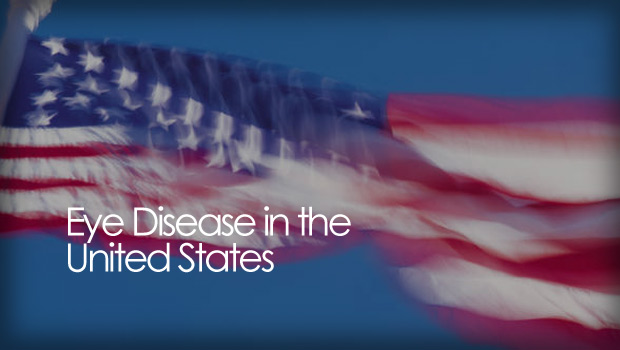Eye disease in the United States
Eye disease, blindness, low vision and vision impairment in the United States are on the rise due to an increasing […]


Eye disease in the United States
Eye disease, blindness, low vision and vision impairment in the United States are on the rise due to an increasing […]
Eye disease, blindness, low vision and vision impairment in the United States are on the rise due to an increasing overall age of the population.
In Florida, Texas and New Mexico, for example, the number of cases of Glaucoma eye disease is expected to double during the next 40 years.
According to one eye disease study, cases of early age-related macular degeneration will increase from 9.1 million in 2010 to 17.8 million in the year 2050.
The Centers for Disease Control and Prevention, projects the number of Americans aged 40 years and older with diabetic retinopathy will triple, from 5.5 million in 2005 to a breathtaking 16 million in 2050. Consequently, the number of cataract cases among whites and blacks aged 40 years and older with diabetes will likely increase an astonishing 235% by 2050.
The CDC also projects that the number of glaucoma eye disease cases among Hispanics with diabetes, aged 65 years and older, in the U.S. will increase 12-fold.
The economics of eye disease
Vision loss comes with an enormous cost. PreventBlindness.org claims that the economic burden of vision loss, according to the 2010 U.S. census, is almost 67 billion dollars annually – for direct costs. Another 72 billion dollars in indirect costs, like ambulatory care, depression and productivity losses. That’s a staggering 139 billion dollars – per year. The cost of treating vision loss and blindness is more than $6,600 per person, per year.
To make matters worse, depression and anxiety are prevalent among adults with disabilities. Blindness can be one of the most depressing and lonely disabilities. Depression alone is a major economic burden on the public healthcare system.
There is no better time than now to be proactive about your health and vision. Read nutrition articles and find out about lifestyle changes you can make to decrease the likelihood of becoming visually impaired.
A health body means health eyes. Treat your body as your temple and it will reward you with strong, healthy organs and senses when you’re older, when you most need them.
Here is a link to an interactive U.S. map detailing vision impairment prevalence, per state, in people over the age of 40 www.visionproblemsus.org/






